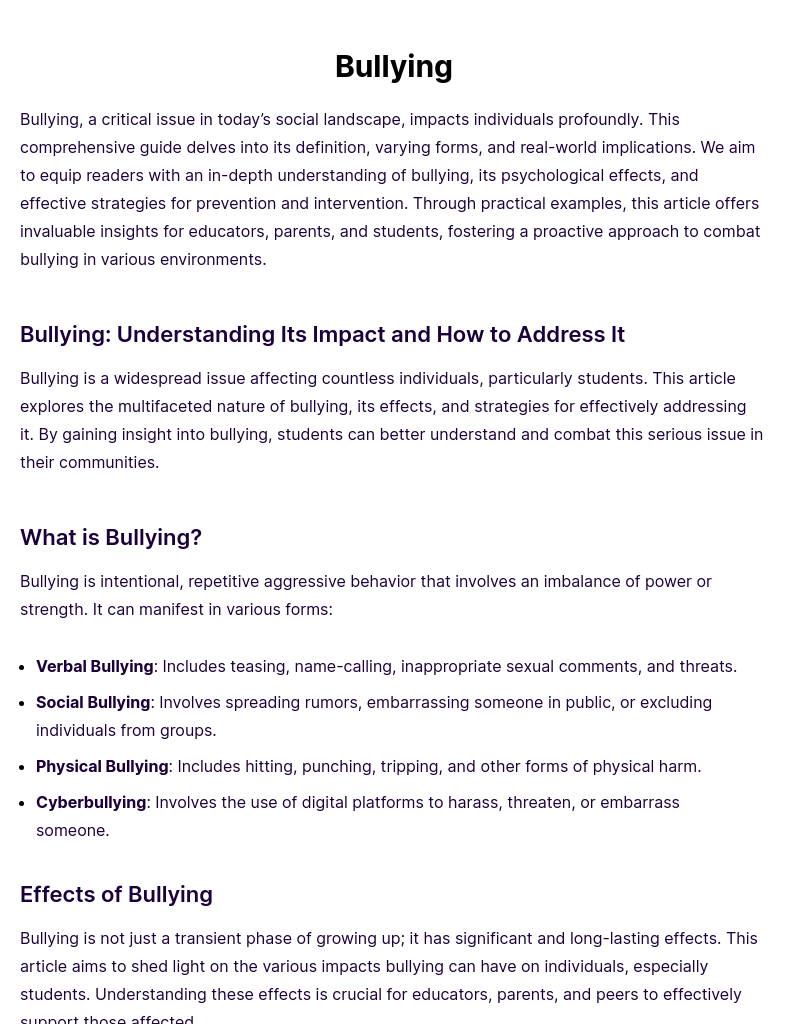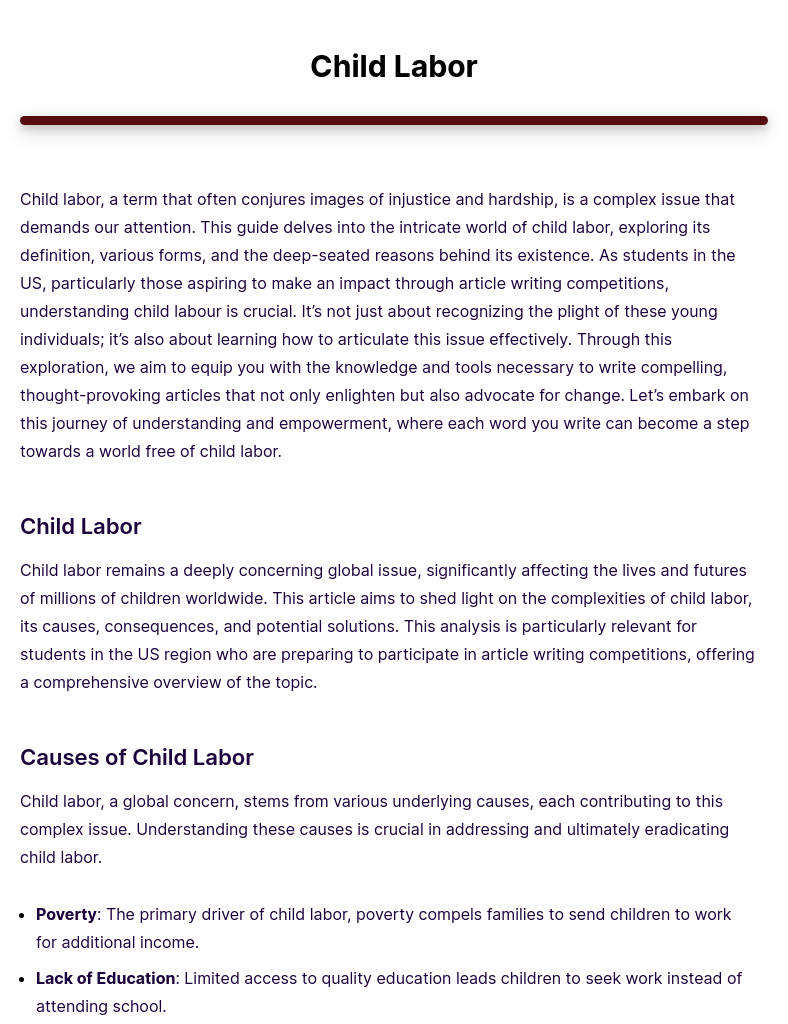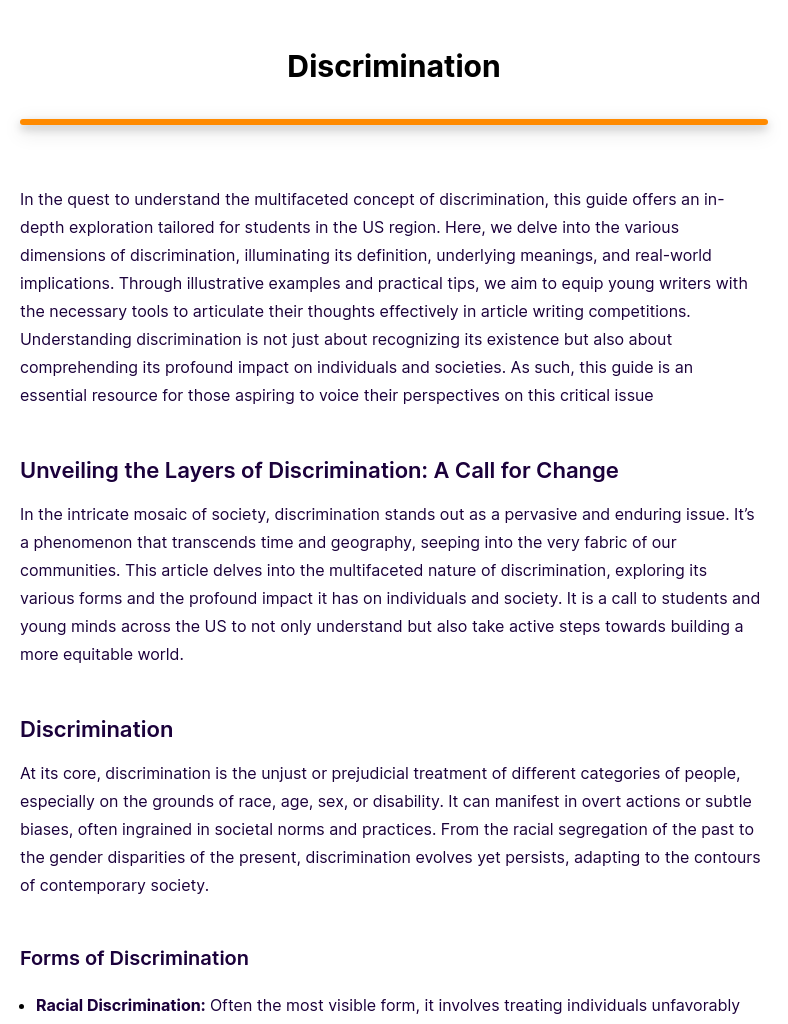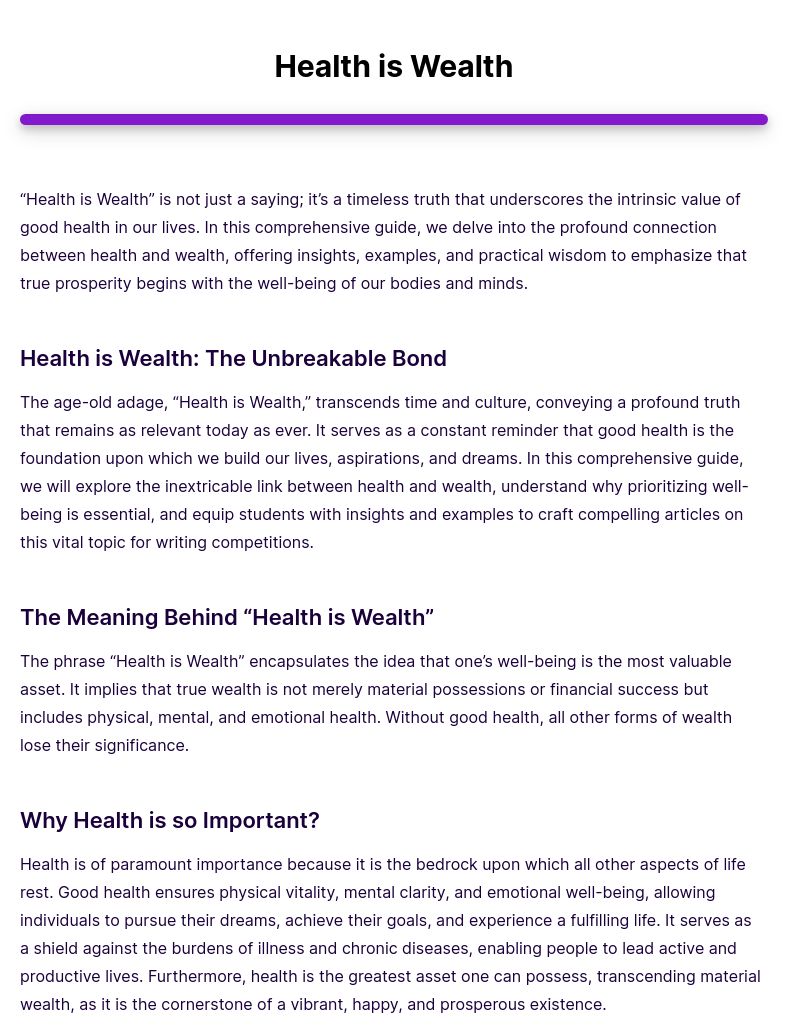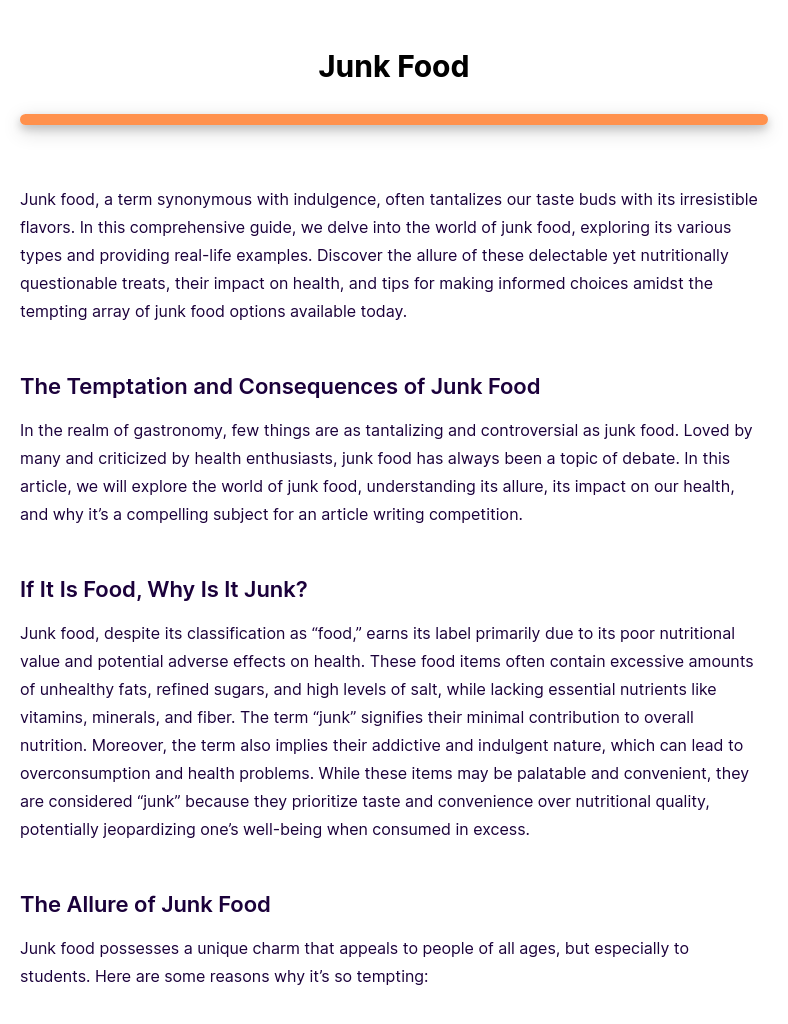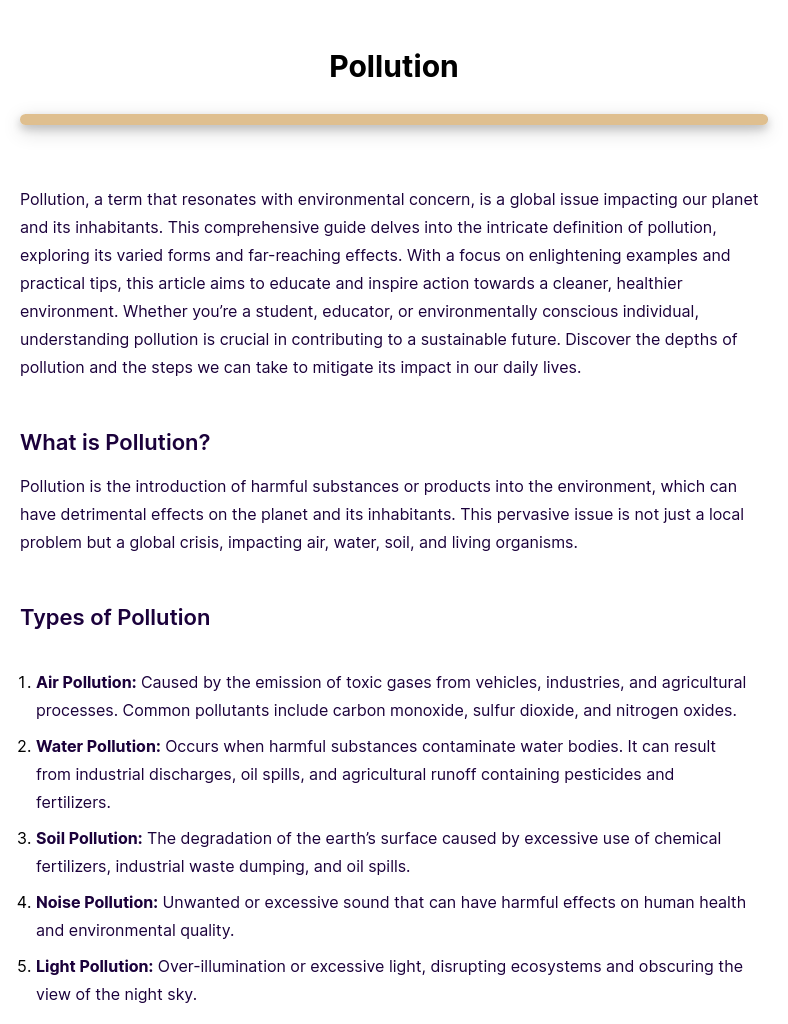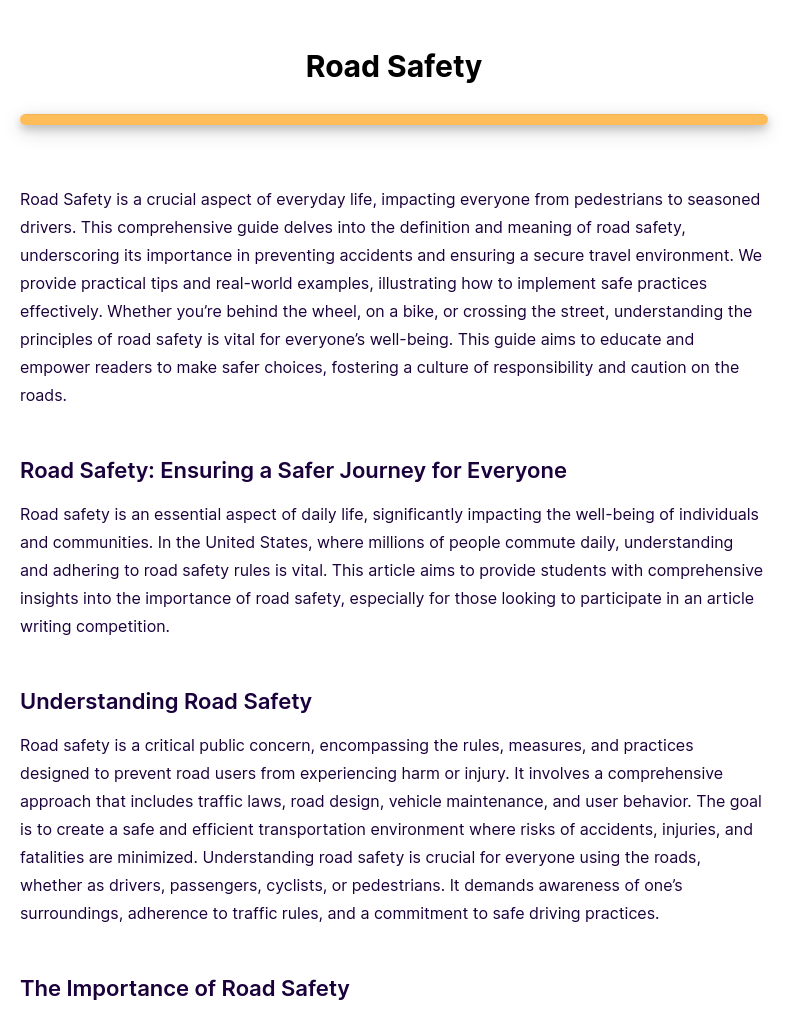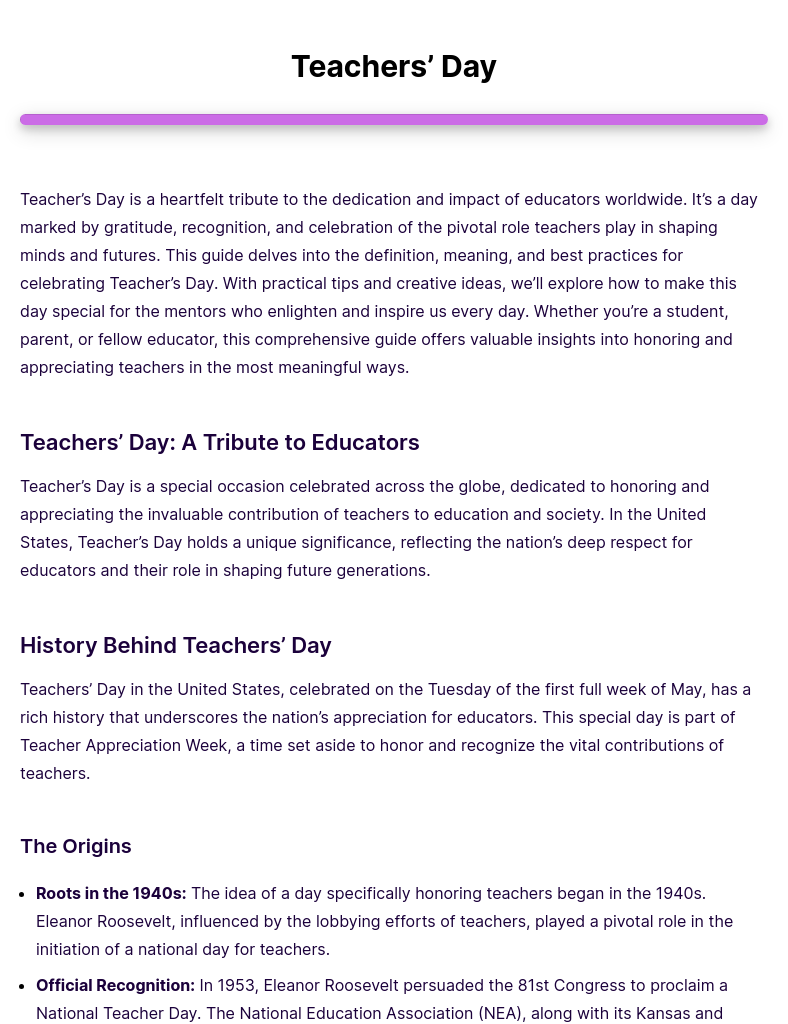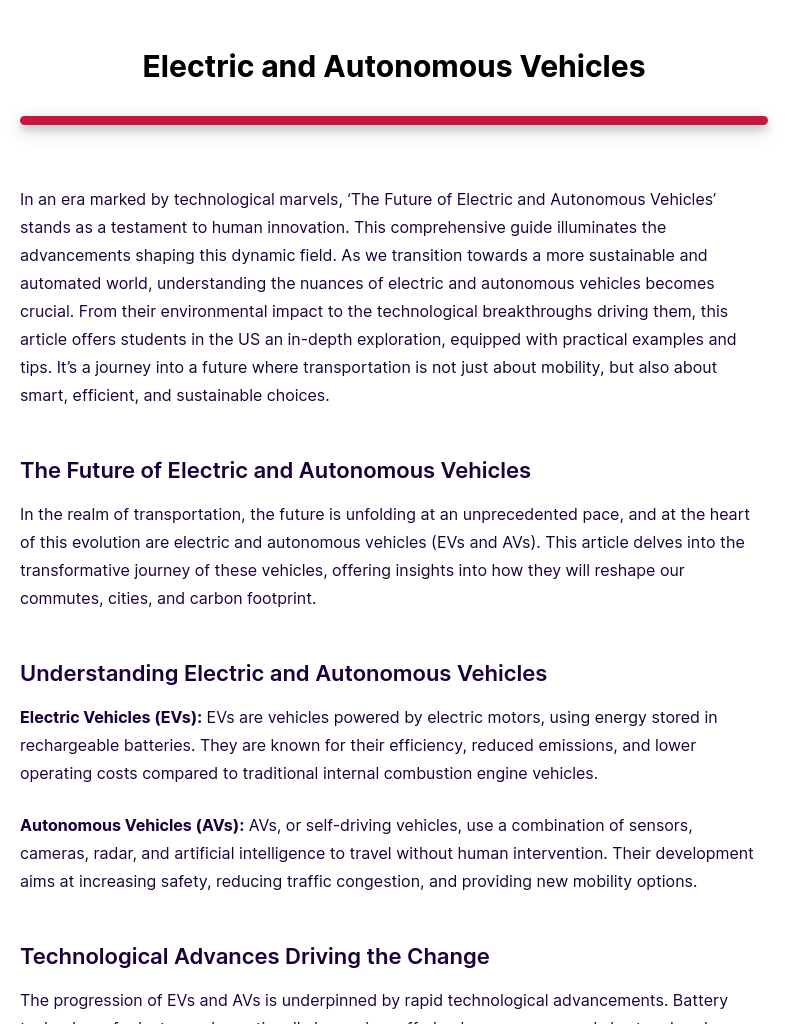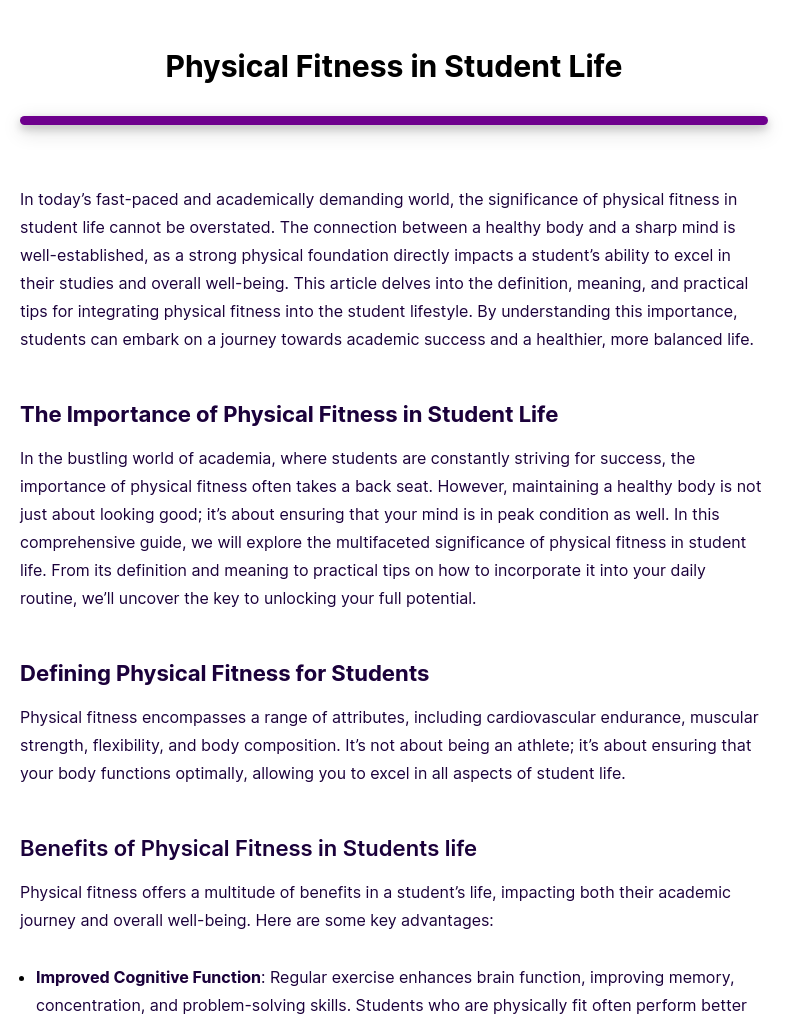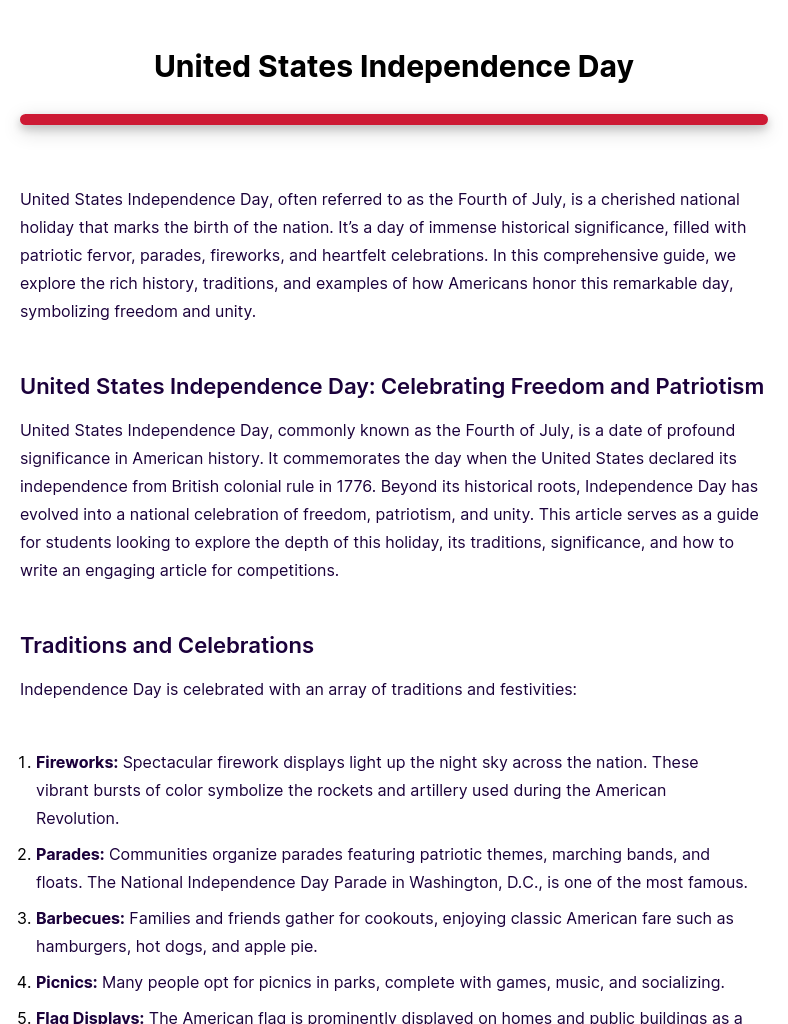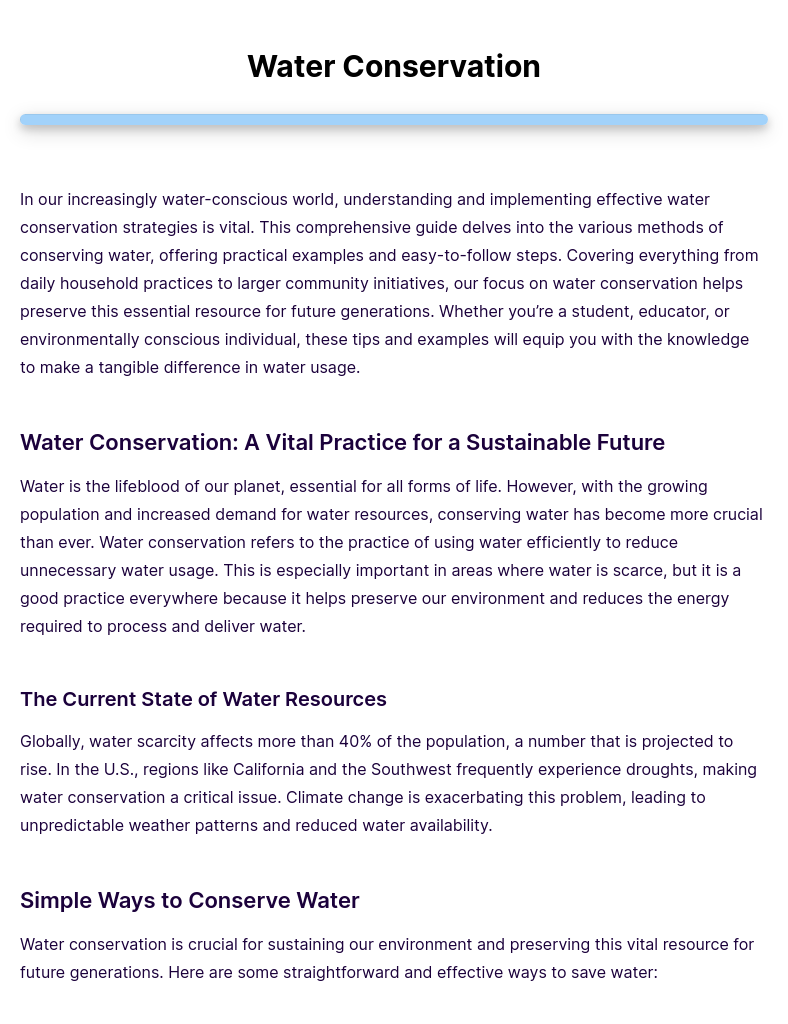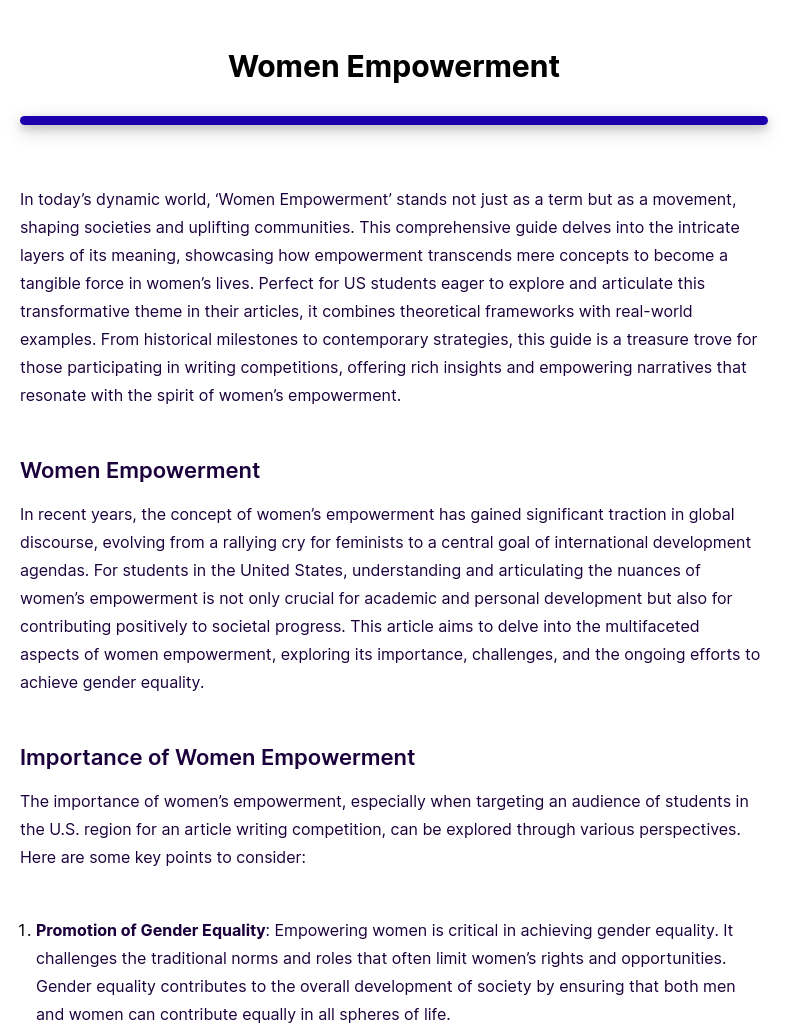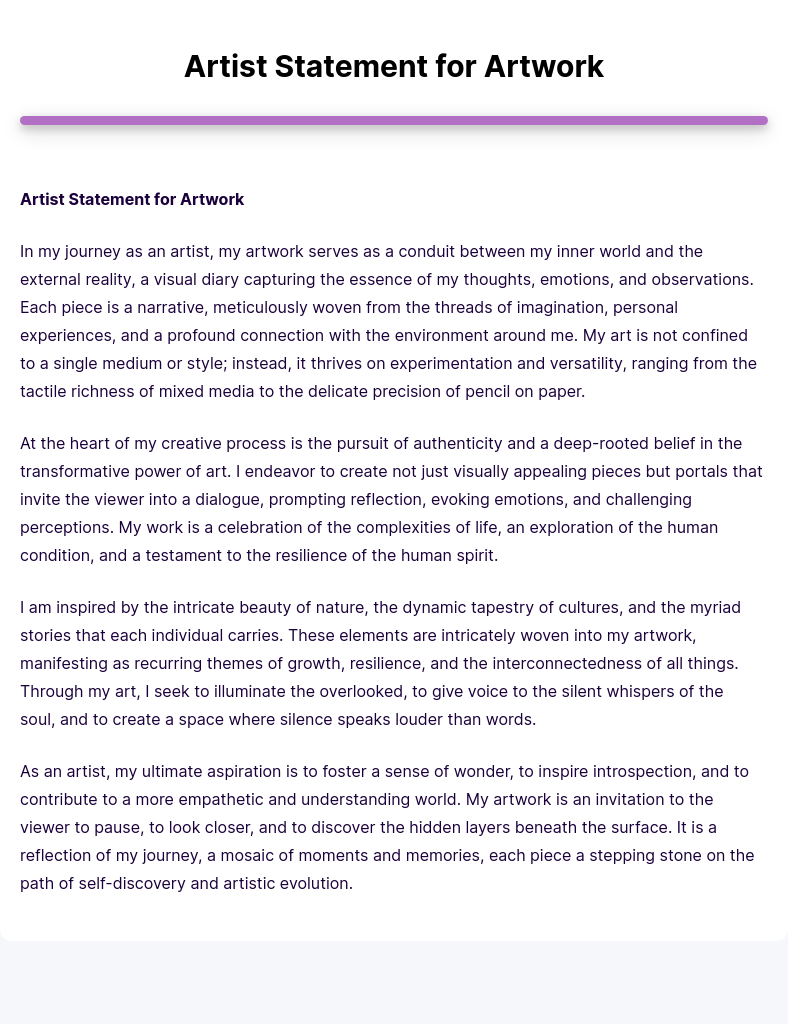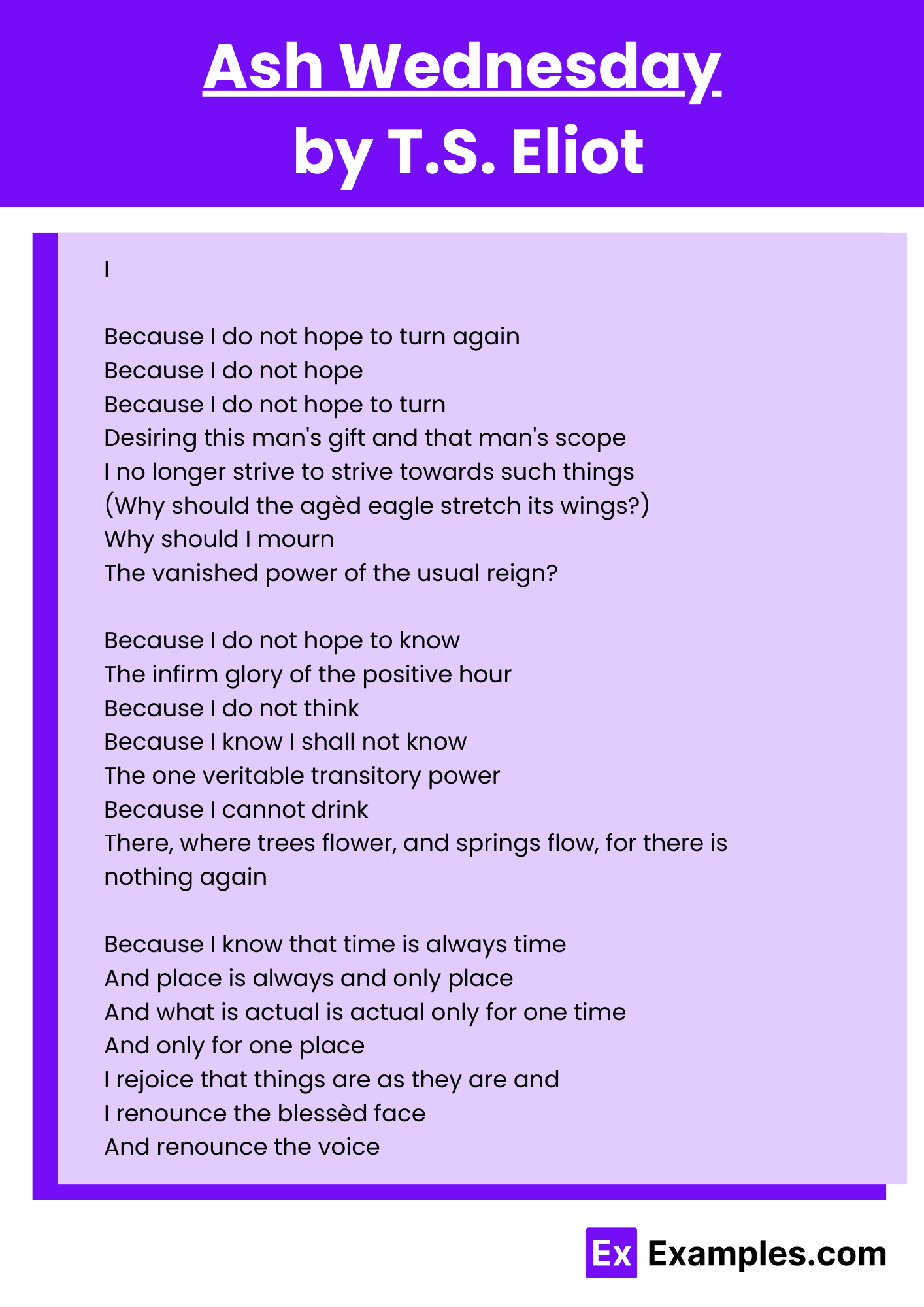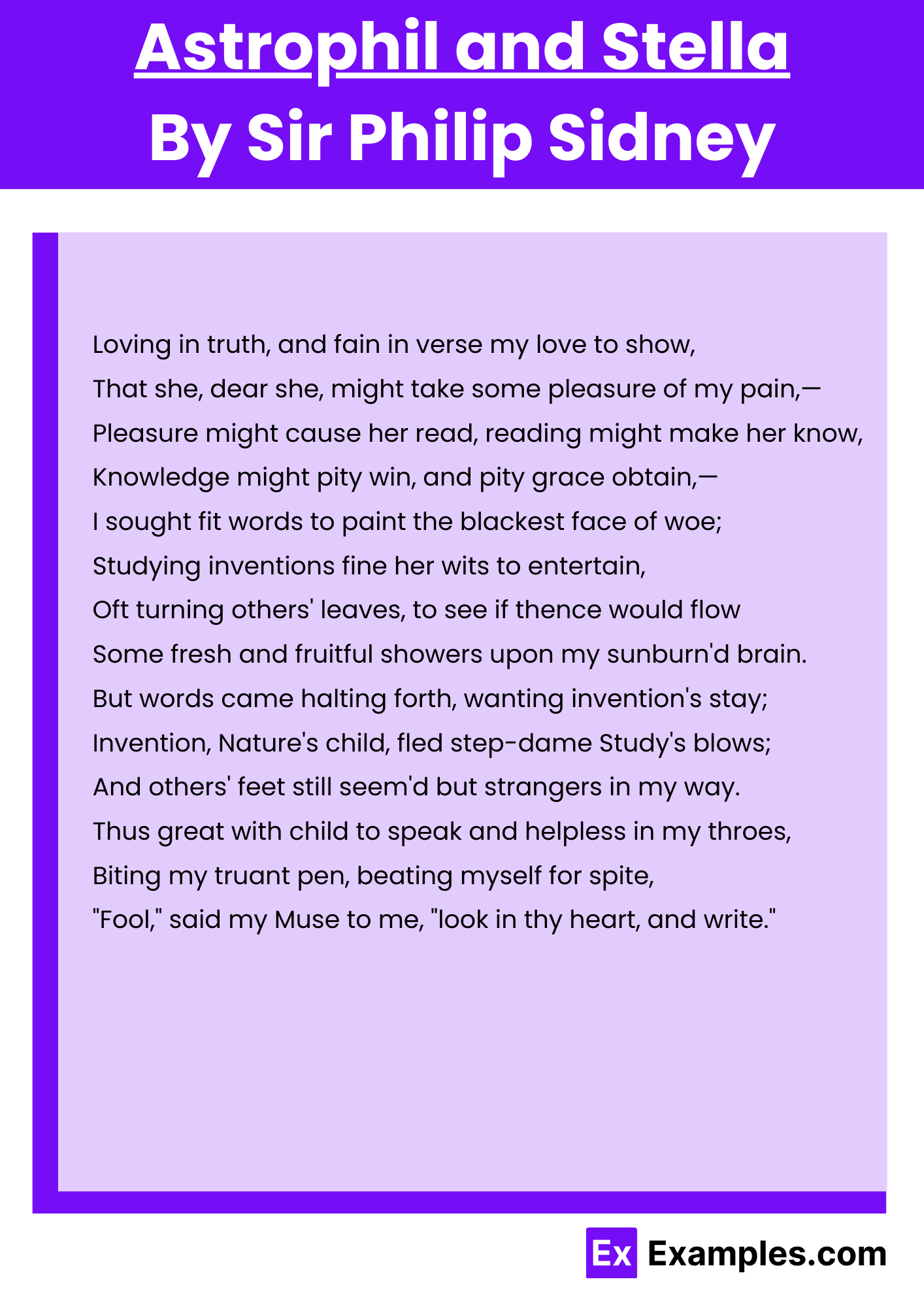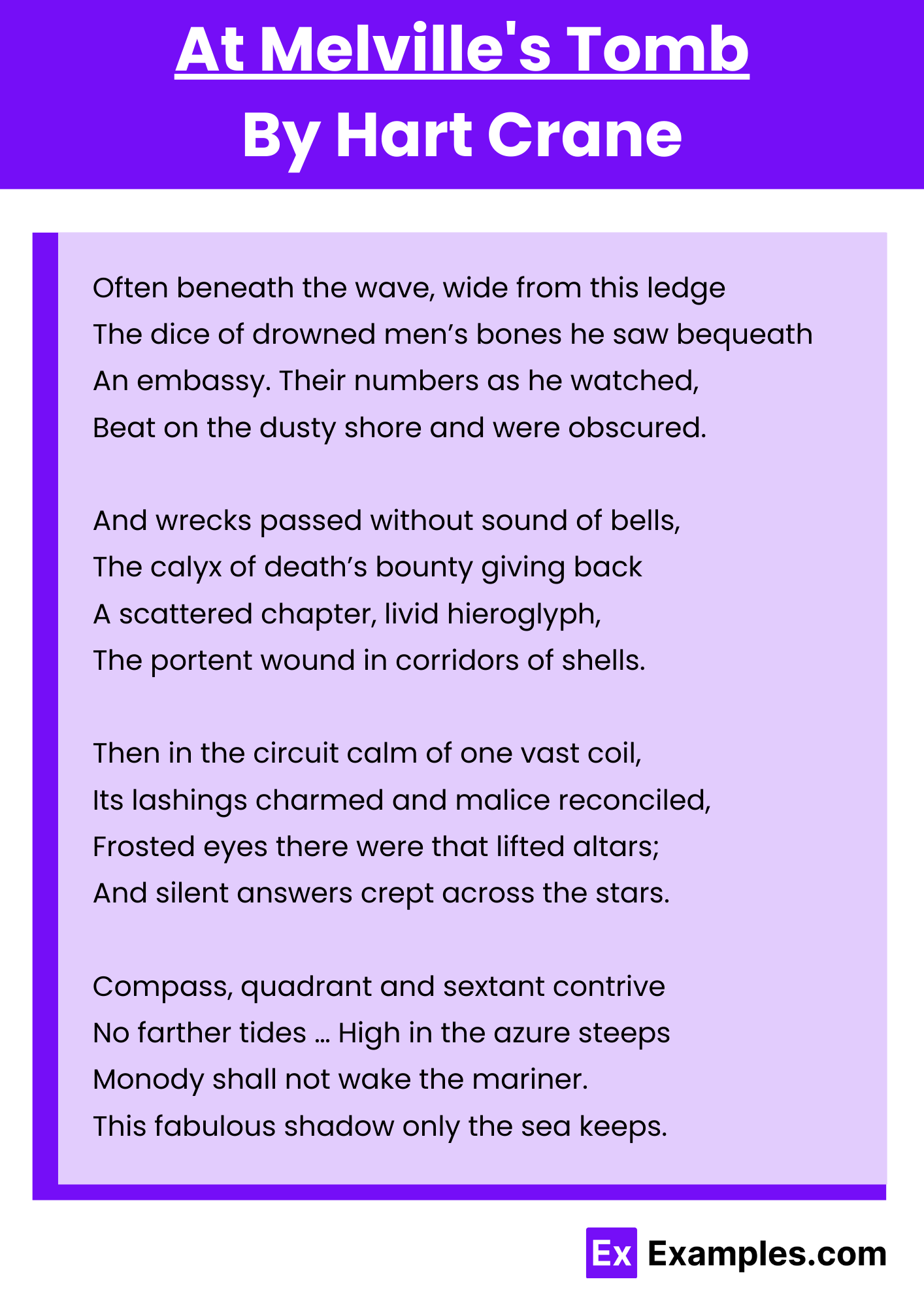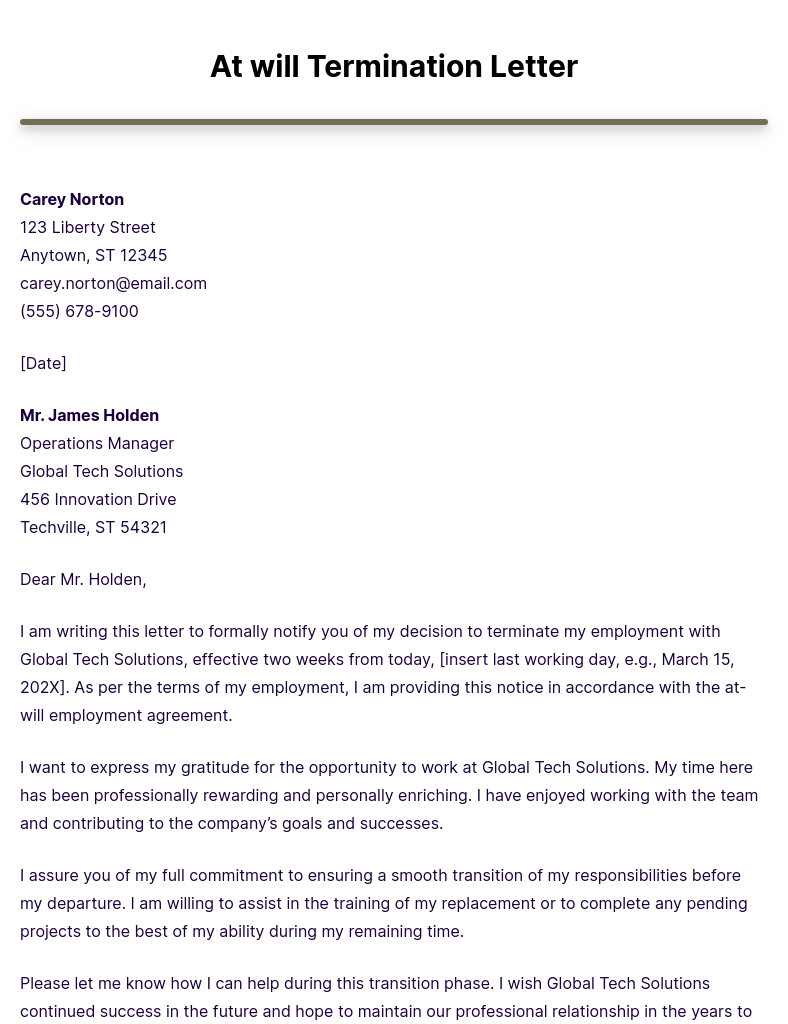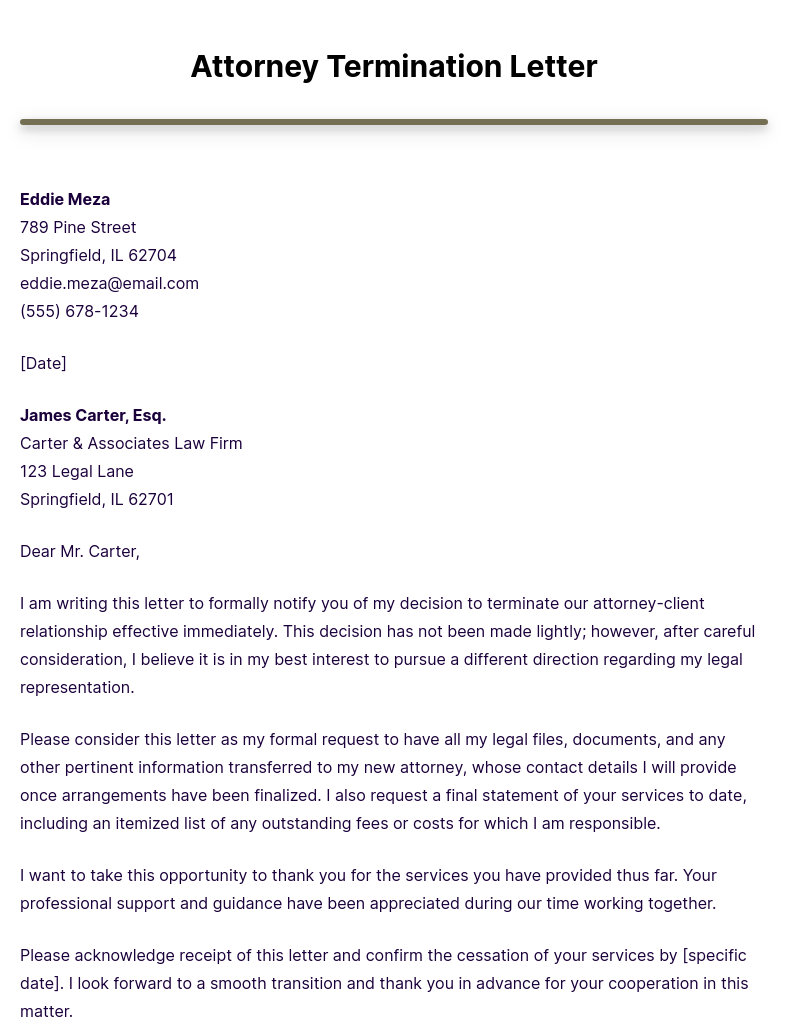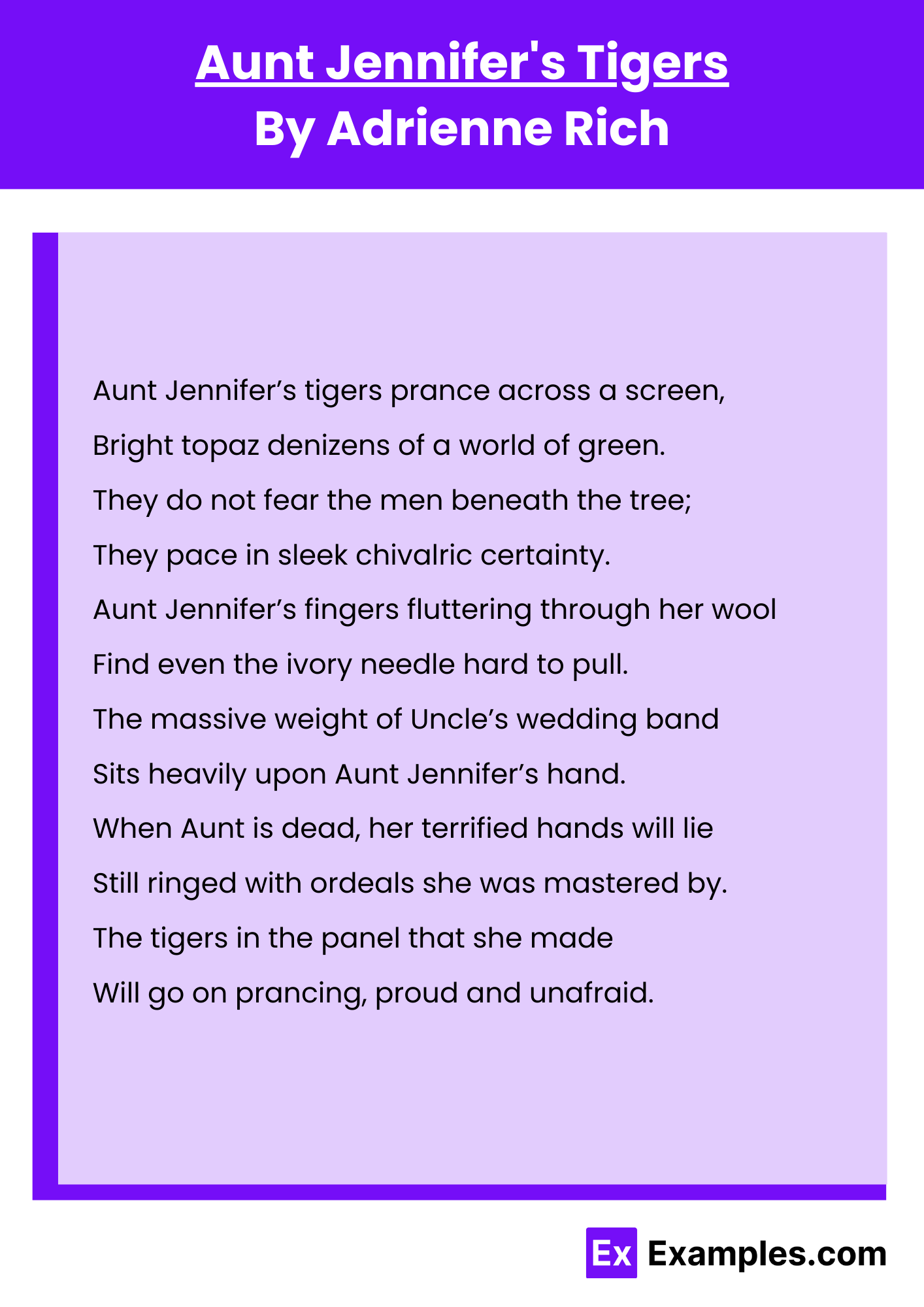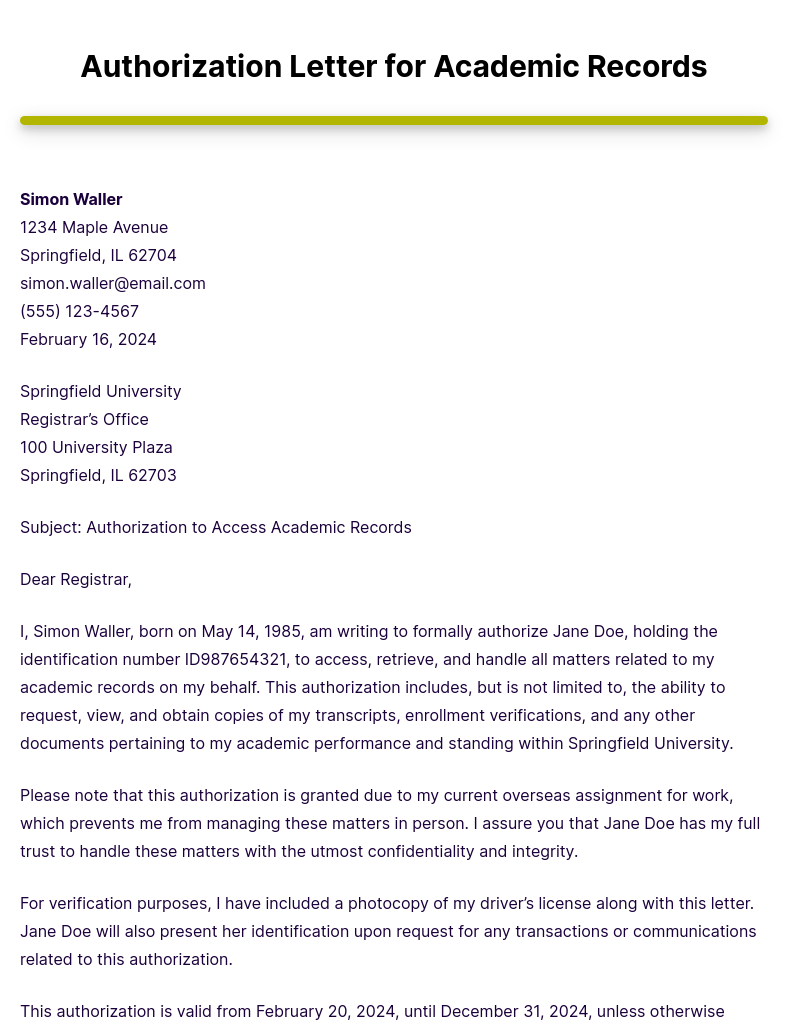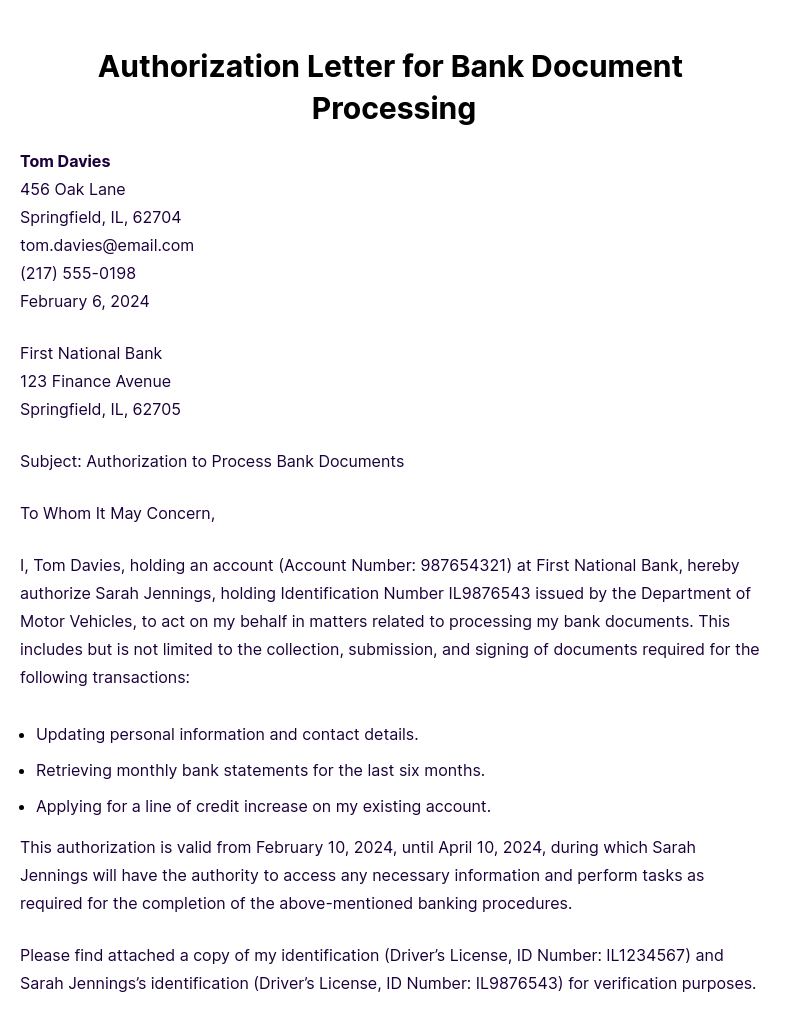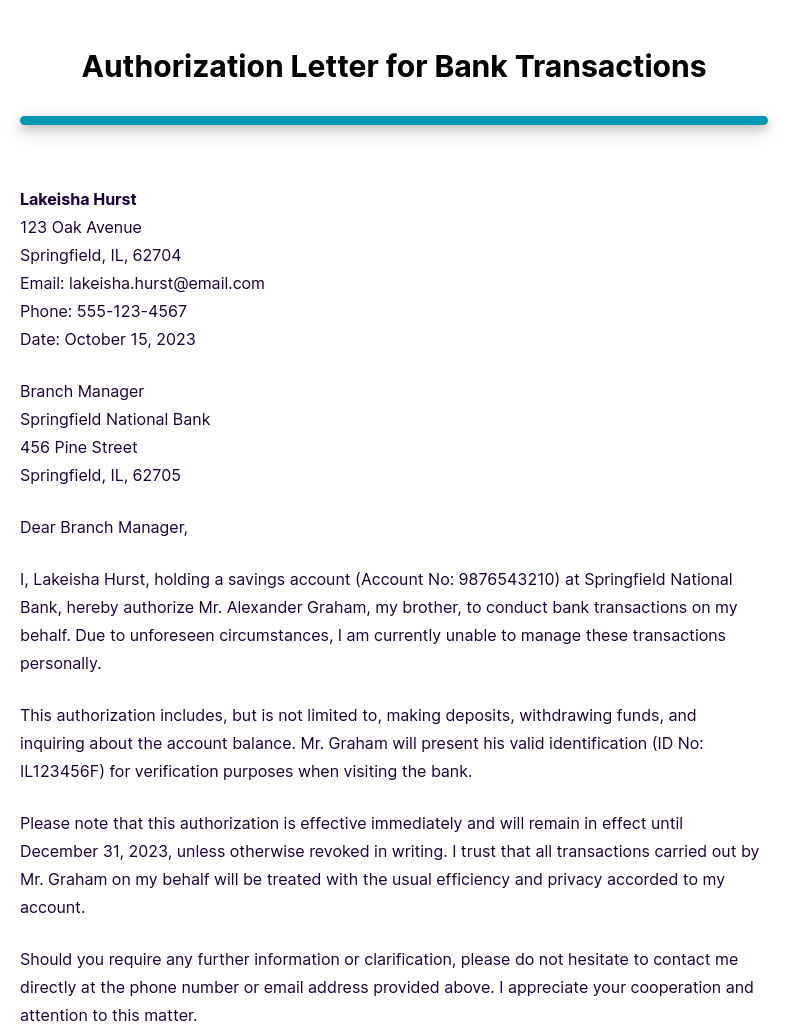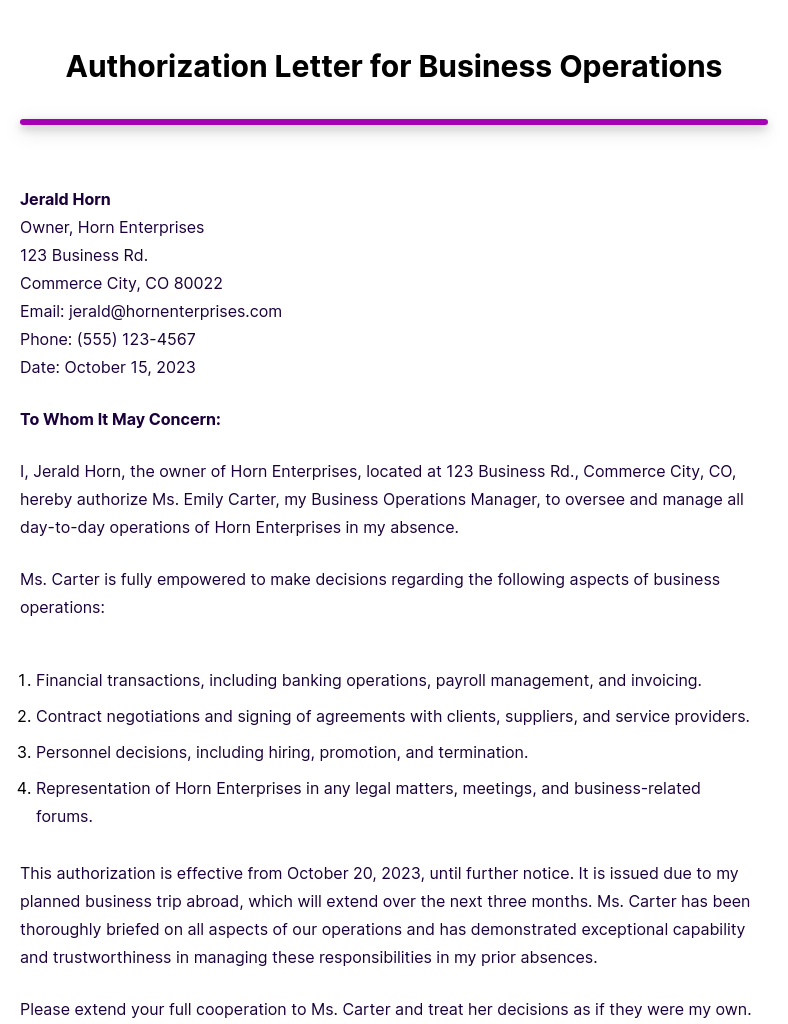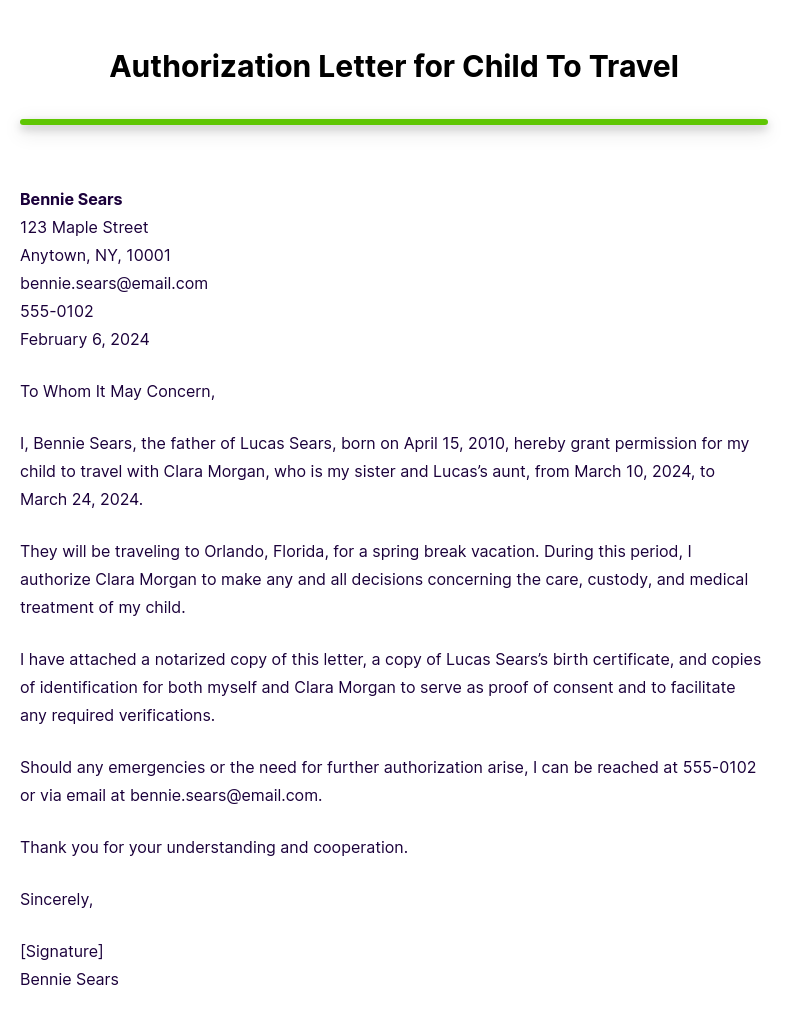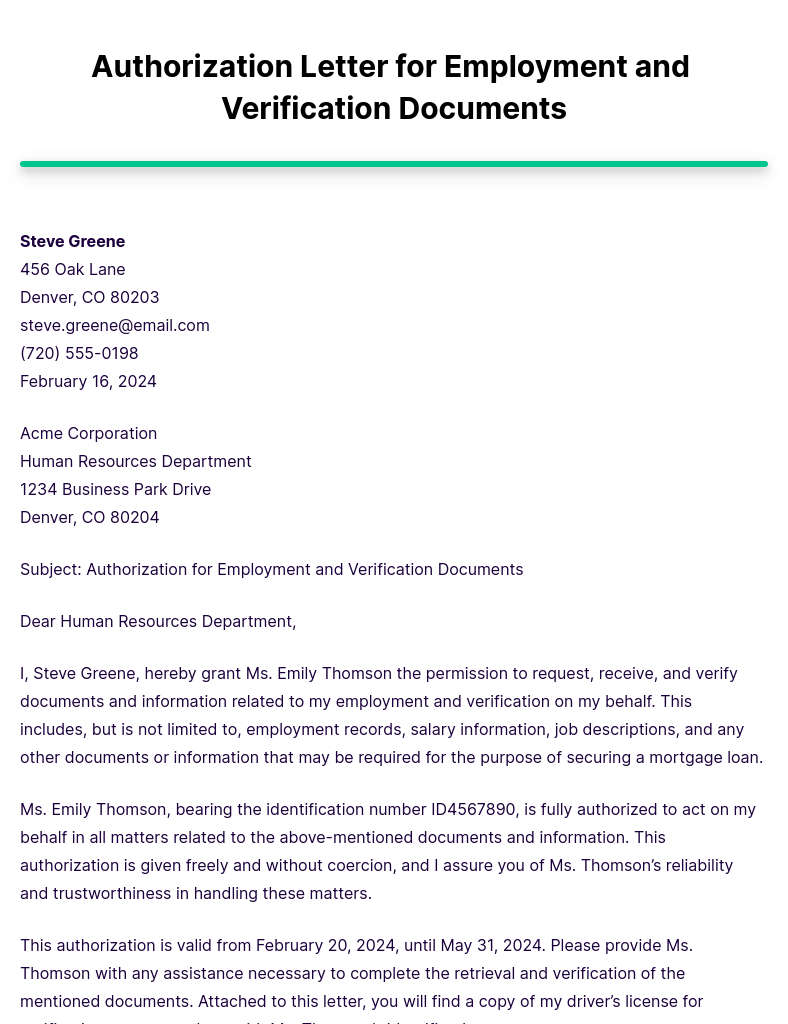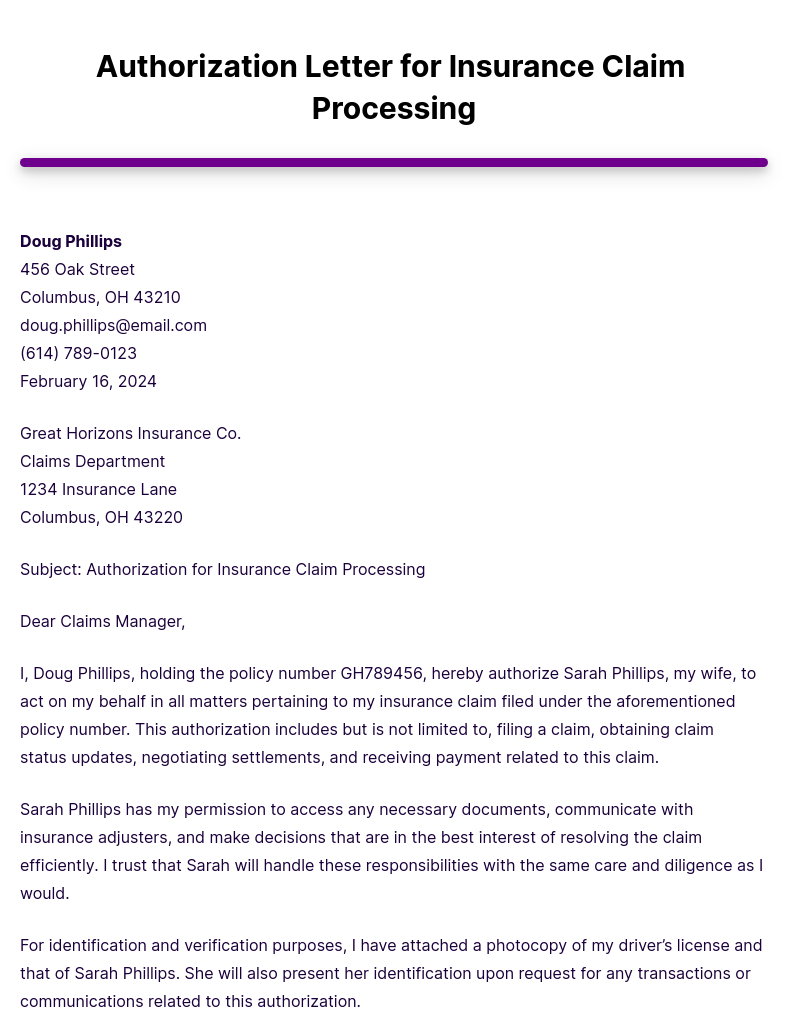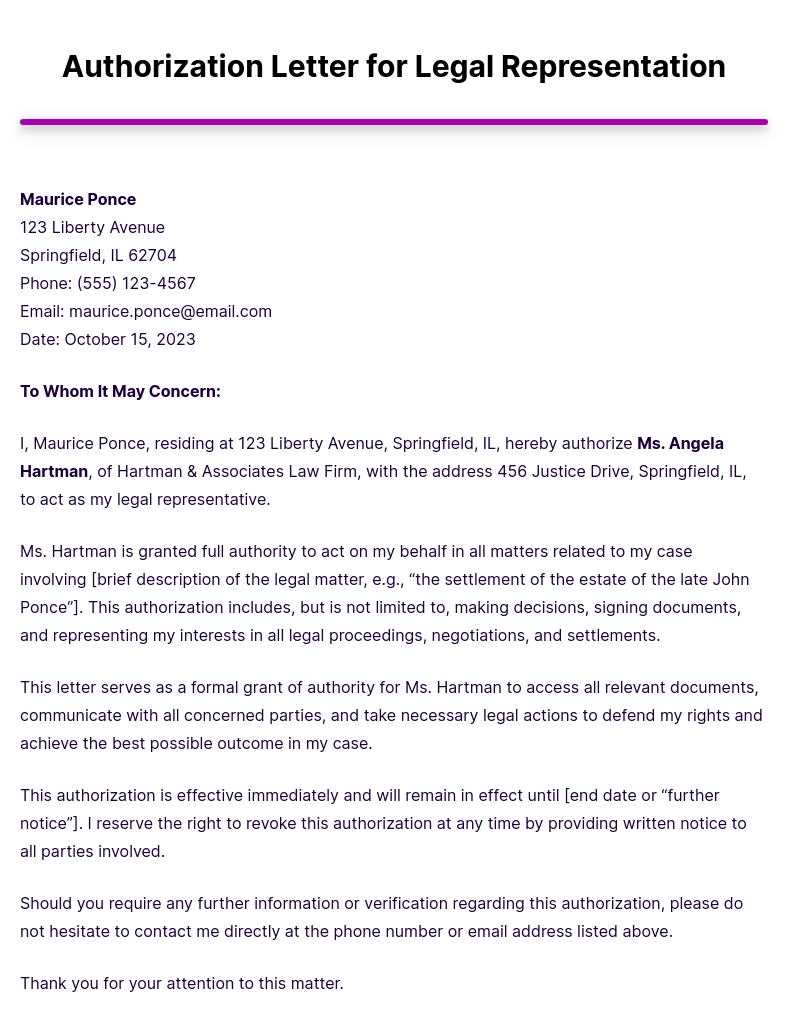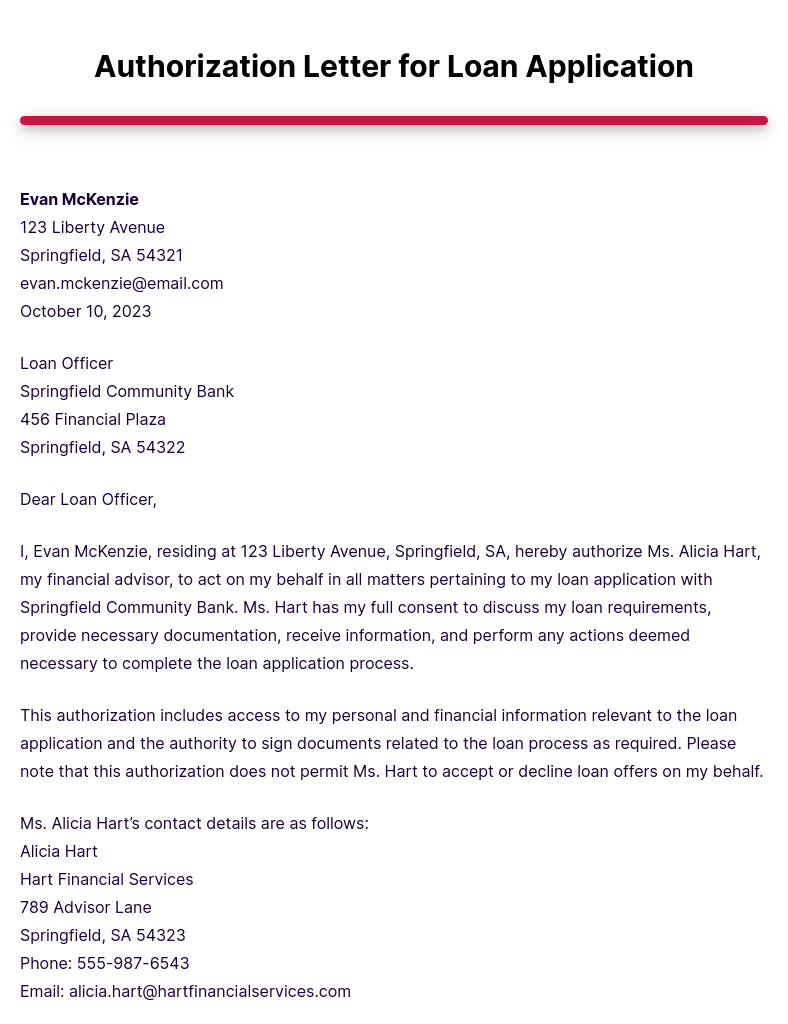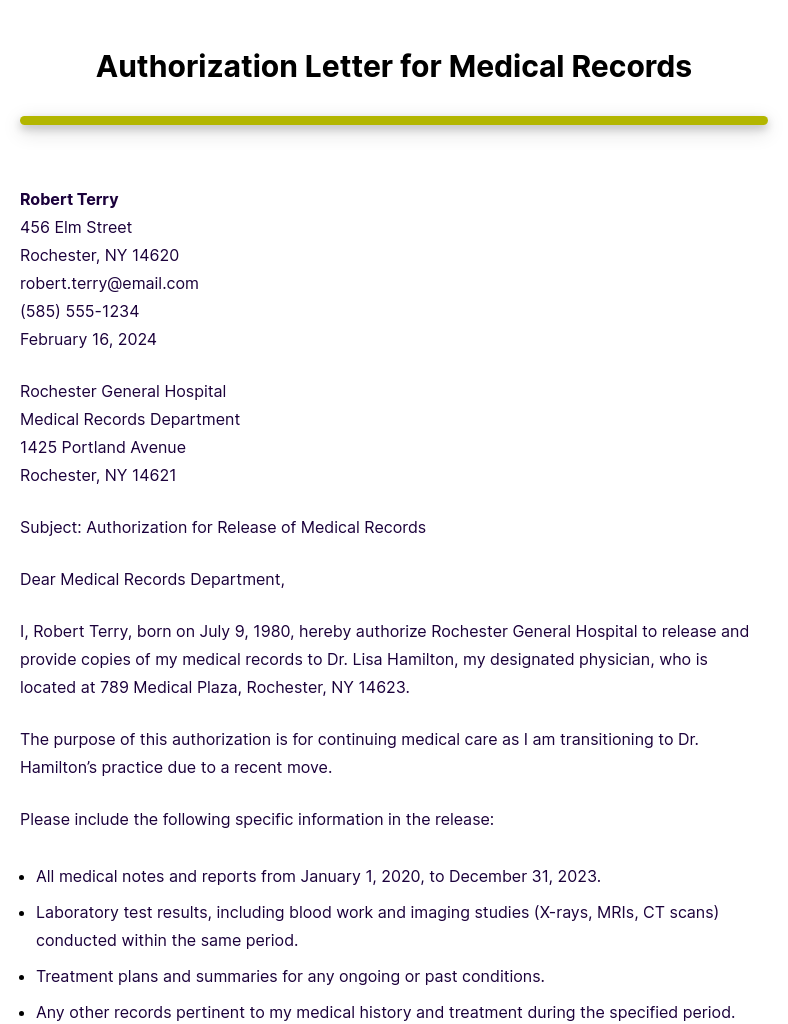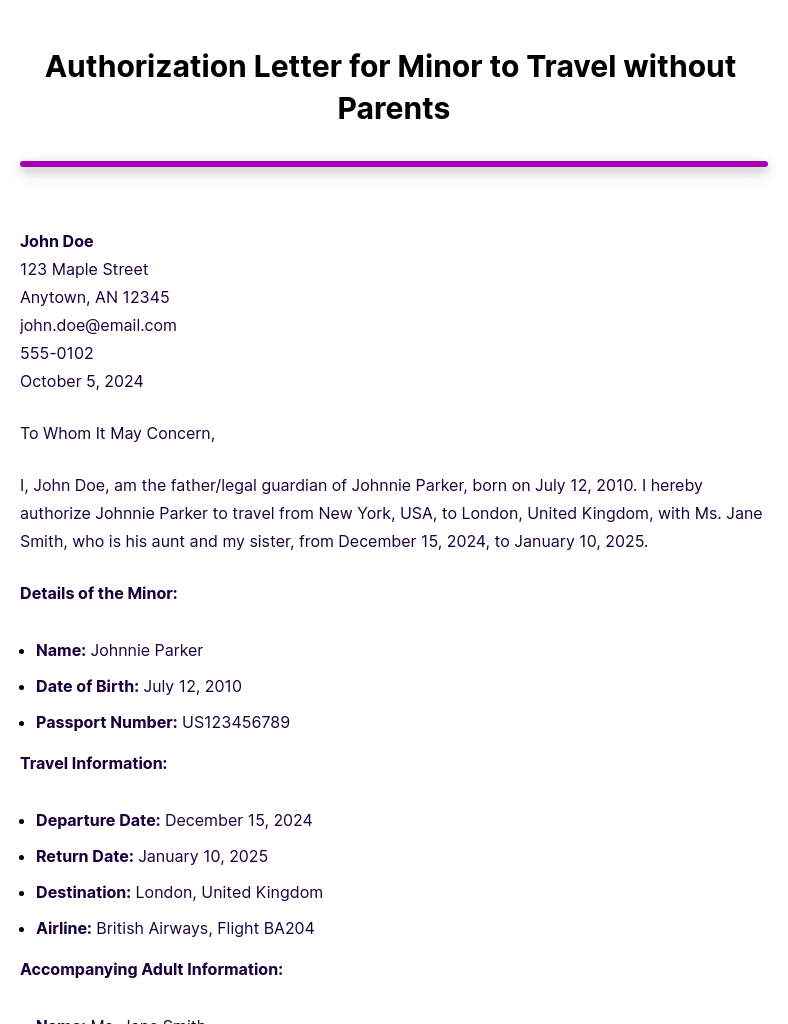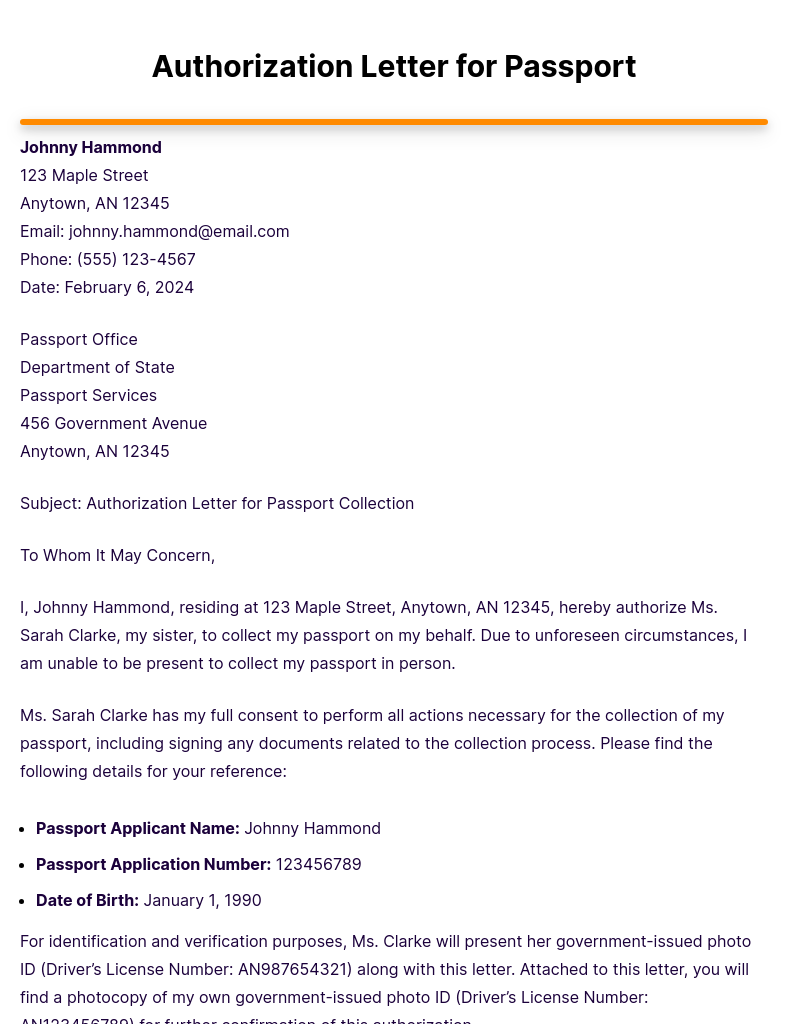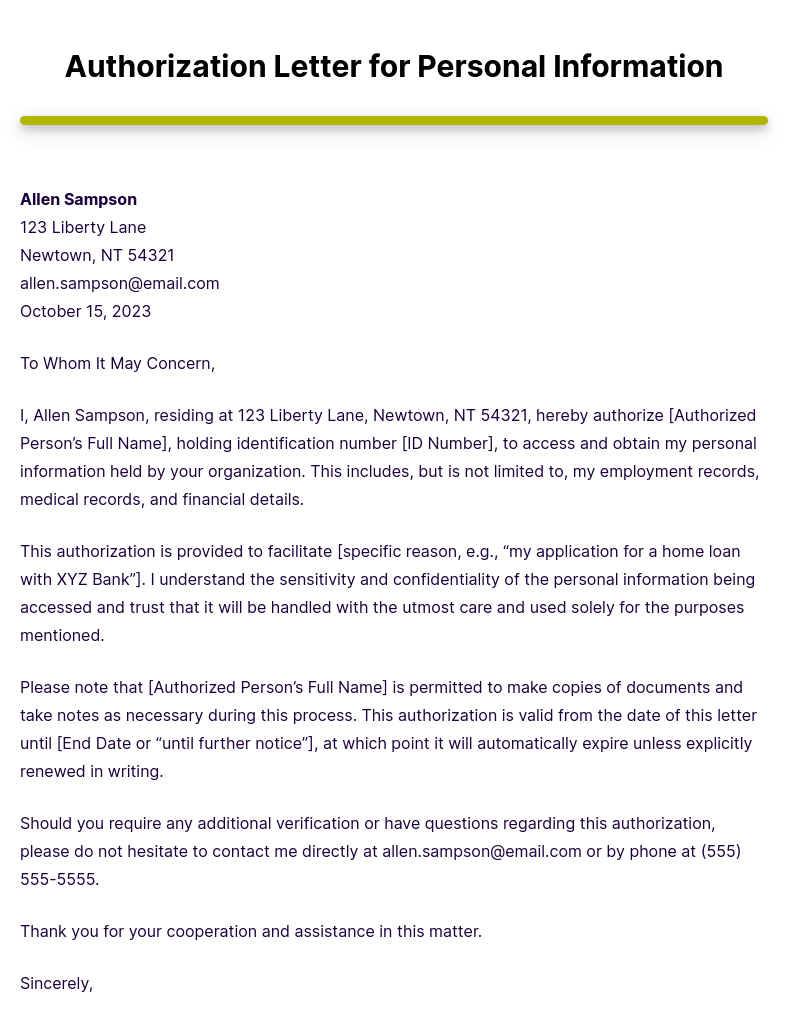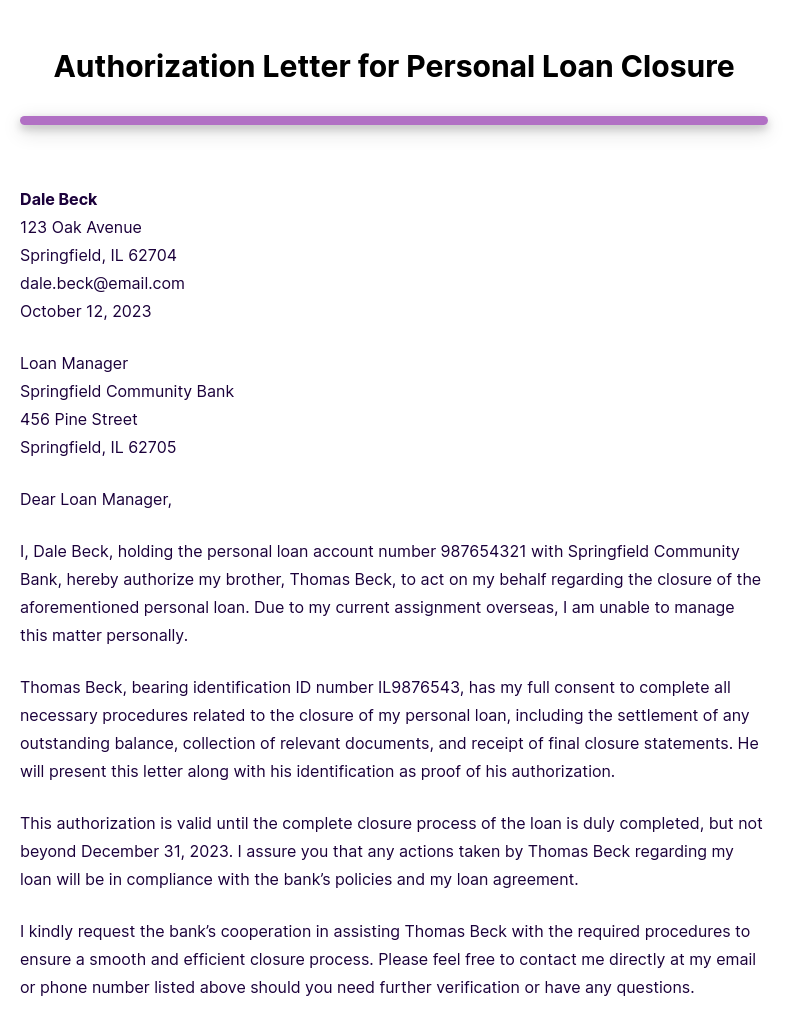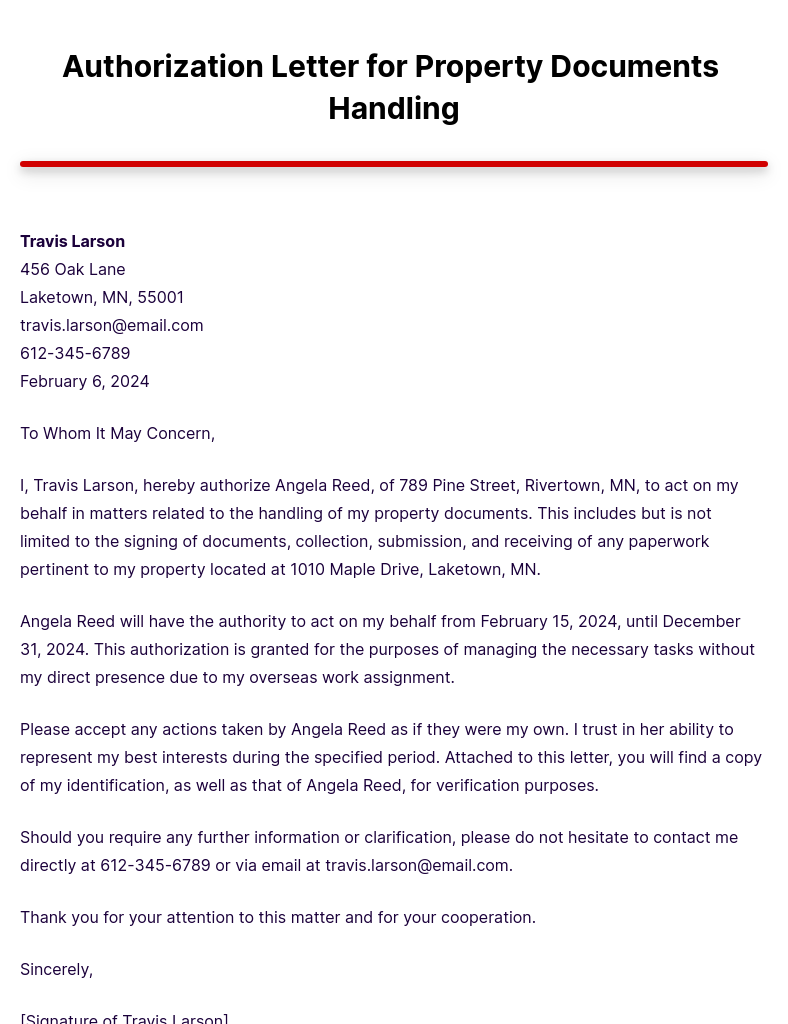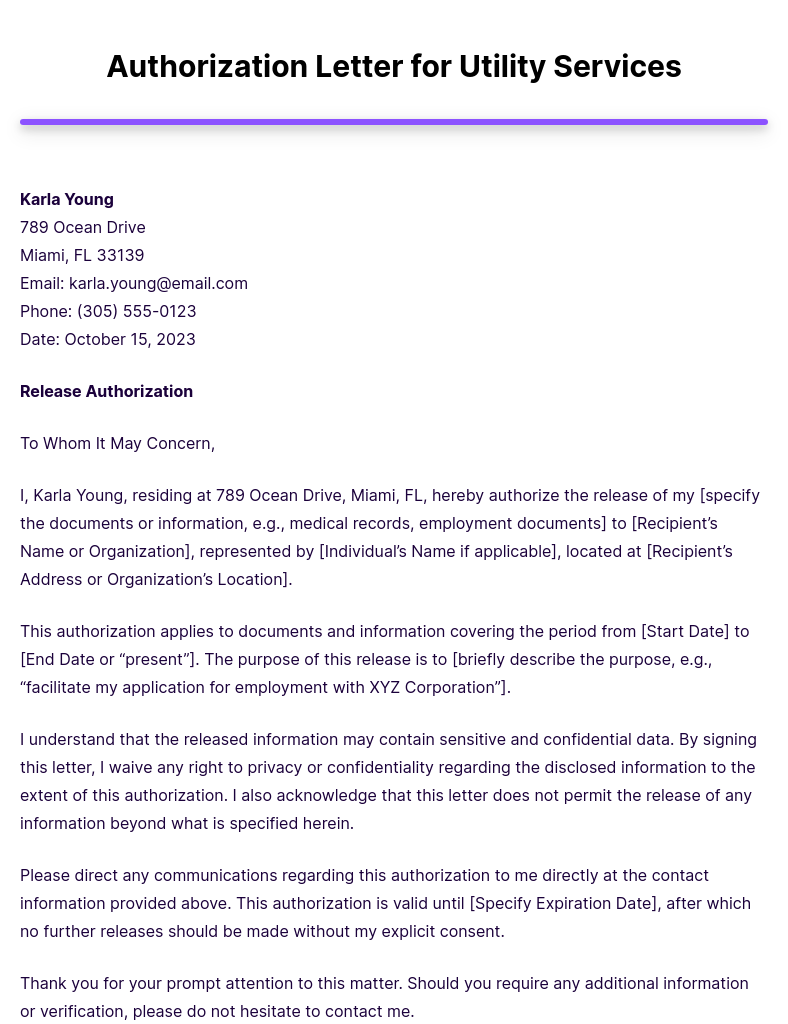![]()
In the contemporary business world, “Big Data Analytics and Its Role in Business Decision Making” stands as a cornerstone of strategic planning and execution. This comprehensive guide delves into how big data analytics transforms vast amounts of information into actionable insights, driving smarter, data-driven decisions. For students in the US participating in article writing competitions, this article offers a detailed exploration of big data’s definition, its crucial role in shaping business strategies, and practical tips for harnessing its power. From enhancing customer understanding to optimizing operations, big data analytics is a game-changer in the business landscape, offering a competitive edge in a data-centric world.
Big Data Analytics and Its Role in Business Decision Making
In the age of information, big data analytics has become a key player in shaping business strategies and decision-making processes. This article explores the role of big data analytics in business, illustrating how it transforms massive data sets into valuable insights that drive strategic business decisions.
Big Data Analytics
Big data analytics involves the examination of large and varied data sets — or big data — to uncover hidden patterns, unknown correlations, customer preferences, and other useful business information. It combines business intelligence, data mining, and analytical processing to facilitate more informed business decisions.
The Impact of Big Data on Business Strategy
Big data analytics significantly influences business strategies by providing comprehensive insights into various aspects of the business. It allows companies to make data-driven decisions, resulting in improved efficiency, lower costs, and increased profitability.
1. Data-Driven Decision Making
- Implement systems for collecting and analyzing big data.
- Use insights to inform strategic decisions, reducing reliance on intuition.
2. Customer Behavior Analysis
- Analyze customer data to understand preferences and trends.
- Tailor marketing strategies and products to meet customer needs.
3. Enhancing Operational Efficiency
- Utilize big data to streamline processes and reduce waste.
- Optimize supply chain management and logistics.
4. Risk Management
- Use predictive analytics to identify and mitigate potential risks.
- Develop proactive strategies for crisis management and business continuity.
5. Innovation and Product Development
- Leverage customer and market data to drive innovation.
- Use insights to develop new products and services or improve existing ones.
6. Competitive Advantage
- Analyze market trends and competitor data to stay ahead.
- Adapt strategies based on real-time data to maintain a competitive edge.
7. Workforce Optimization
- Employ data analytics for talent acquisition and management.
- Optimize employee performance and productivity through data-driven insights.
8. Financial Management
- Enhance financial decision-making with predictive financial analytics.
- Use big data for budgeting, forecasting, and financial planning.
9. Enhancing Customer Experience
- Use data to create a more personalized customer experience.
- Implement feedback loops for continuous improvement based on customer data.
10. Regulatory Compliance and Governance
- Monitor compliance requirements using data analytics.
- Ensure data governance and ethical use of data.
Enhancing Customer Experience and Marketing
Through big data analytics, businesses gain a deeper understanding of customer behaviors and preferences. This insight is crucial for developing targeted marketing strategies, personalizing customer experiences, and enhancing customer satisfaction and loyalty.
Driving Operational Efficiency
Big data analytics aids in identifying operational inefficiencies and streamlining processes. By analyzing large datasets, businesses can optimize their operations, reduce costs, and improve overall performance.
Risk Management and Decision Making
Big data analytics plays a critical role in risk assessment and management. By analyzing historical data, companies can predict potential risks and make proactive decisions to mitigate them, thereby enhancing decision-making effectiveness.
Innovations in Product Development
The insights gained from big data analytics can inform product development, leading to innovations that meet customer needs and market demands more effectively. This strategic use of data fosters competitiveness and drives business growth.
The Challenge of Big Data Analytics
While big data analytics offers numerous benefits, it also presents challenges such as data quality management, data security, and the need for skilled personnel to interpret and apply the insights effectively.
Future Trends in Big Data Analytics
The future of big data analytics is promising, with advancements in AI and machine learning enhancing its capabilities. As technology evolves, the precision, speed, and scope of big data analytics will continue to expand, offering even greater potential for business decision-making.
What is the role of big data and business analytics in decision-making?
Big data and business analytics play a pivotal role in decision-making by providing valuable insights, identifying trends, and enabling data-driven strategic planning for businesses.
How does big data help business decisions?
Big data helps in business decisions by offering a comprehensive analysis of vast information, aiding in market prediction, customer behavior understanding, and risk management.
What is the role of big data analytics in business?
The role of big data analytics in business includes driving operational efficiency, enhancing customer experiences, informing product development, and optimizing marketing strategies.
In conclusion, Data Analytics in Business serves as a critical tool for informed decision-making, offering deep insights into market trends, customer behaviors, and operational efficiency. This guide emphasizes its essential role in strategizing and optimizing business practices, underscoring the importance of leveraging data analytics for competitive advantage and sustainable growth in today’s data-driven business landscape.





